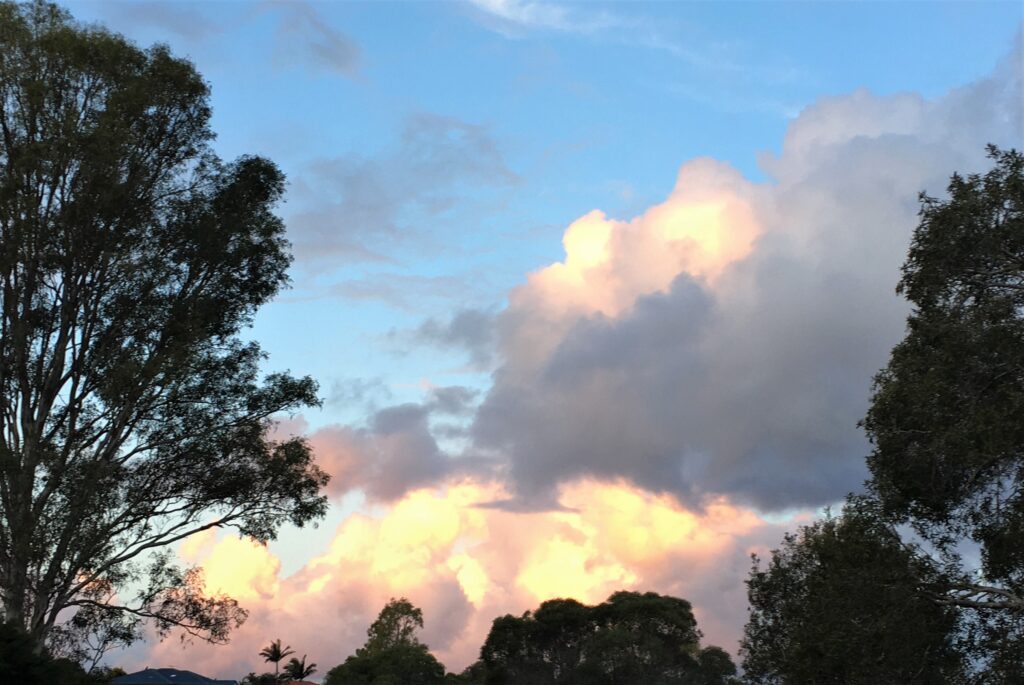Now when the bardo of dharmata dawns upon me,
I will abandon all projections of fear and terror,
Recognize whatever arises as the self-display of awareness,
And know it to be the visionary nature of the bardo.
When the time comes to reach the crucial point
Do not fear the self-display of peaceful and wrathful ones!
This bardo brings us to the heart of Liberation through Hearing, the visions of the peaceful and wrathful deities.
Dharmata is the natural state of the true nature of all phenomena, the essential quality of reality.
The bardo of dharmata is the gap that occurs when one thought has vanished but another has not yet begun to arise in its place. The mind is plunged into its own essential nature of luminous emptiness, which is identical with the nature of all phenomena, and the peaceful and wrathful deities appear as natural manifestations of that ultimate reality.
Because of the sense of individual self, which still continues, we do not recognize the deities as our own nature; instead we feel afraid of them, thinking they are separate and external.
The basic instruction is simply to recognize them, and thus to be naturally and spontaneously self-liberated.
However, we have a deep, instinctive longing to return to individual existence, and so, at the same time as the visions of enlightenment, we dimly perceive pathways leading back to the six realms of samsara.
As we go further into the experience of the bardo, the awakened energy becomes more and more intense, but to the bewildered consciousness, it appears more and more terrifying.
The form in which these visions are described is similar to that of deity yoga. This imagery is never accidental or arbitrary. The deities, with their colors, attributes, and so on, reveal the different qualities of our awakened nature, and at the same time, they each relate to some aspect of samsara.
The illusory nature of ordinary life is called impure perception because it arises from ignorance and is dominated by passion, aggression, and delusion, while the appearance of the deities is pure perception, or pure vision; Trungpa Rinpoche used to call it sacred vision or sacred outlook.
Working with this imagery helps us to make connections between ordinary life and the awakened state and shows us that in reality the two are indivisible.
If the departed consciousness does not recognize its own intrinsic nature during the bardo of dharmata, it will be pulled onward toward rebirth by the irresistible force of karma and find itself in the next bardo.
Source: Based on Fremantle, Francesca. Luminous Emptiness. Shambhala. Kindle Edition.

When the wrathful deities appear, someone who has no experience of meditation and who is unfamiliar with the appearances of these deities will be terrified and will suffer tremendously. So, meditation on the wrathful deities, in particular, during one’s life is recommended.
— Thrangu Rinpoche
